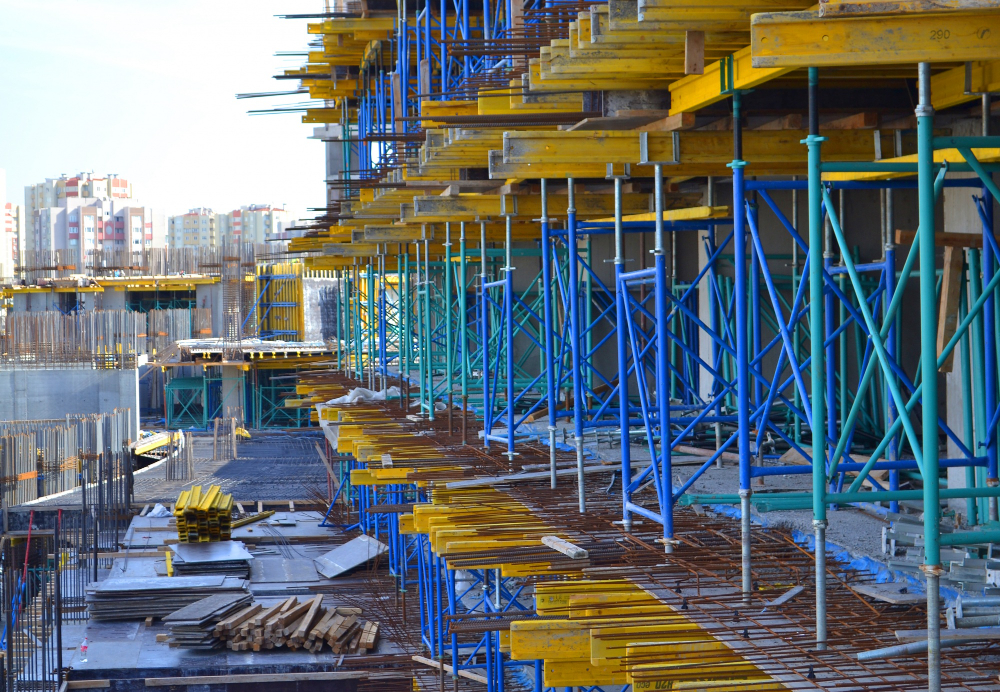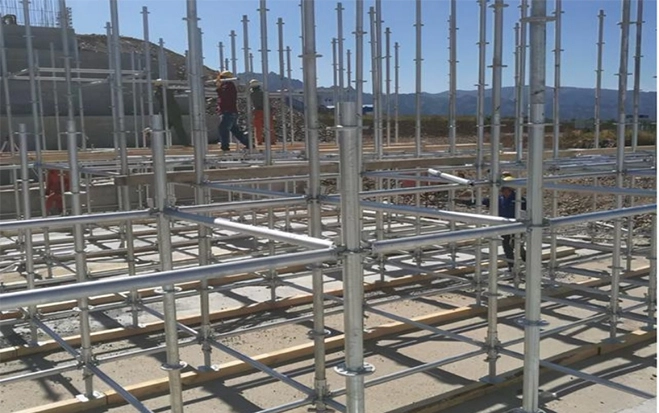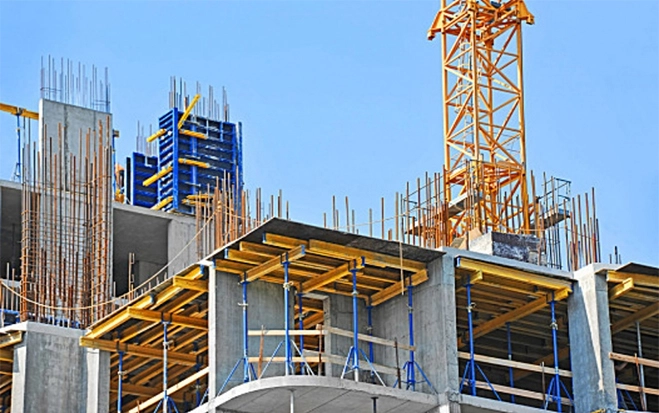In the realm of construction, the integrity of scaffolding systems is paramount. Taishenglan, as a leader among steel scaffolding manufacturers, emphasizes the critical nature of understanding the load-bearing capacity of steel prop scaffolding. This knowledge not only ensures the safety of construction workers but also the efficiency and success of the project. Here, we delve into the factors that influence the load-bearing capacity of steel props, offering insights for those considering steel props for sale.
Steel prop scaffolding is designed to support a significant amount of weight, but its capacity is not limitless. The load-bearing capacity of a steel prop is determined by its material composition—typically Q235 stainless steel—and its physical design. Stainless steel props, known for their durability and resistance to corrosion, offer a robust option for construction projects. Understanding the specifications provided by steel scaffolding manufacturers is crucial in selecting the right prop for your needs.
Several factors can influence the load-bearing capacity of steel prop scaffolding. The length of the prop is a primary consideration; longer props may support less weight compared to shorter ones due to the increased potential for buckling. The condition of the prop also plays a role; dents, rust, or other damage can significantly reduce a prop’s capacity. Additionally, the way the load is applied—whether it’s evenly distributed or concentrated in one area—can affect the prop’s performance.
Calculating the correct load capacity for steel prop scaffolding involves understanding the maximum force it can support without risk of failure. This calculation should consider the worst-case scenario of load distribution and factor in a safety margin to prevent accidents. Taishenglan recommends consulting with experienced engineers or steel scaffolding manufacturers to ensure the accurate calculation of load capacities for your specific project requirements.
To maximize the load-bearing capacity of steel prop scaffolding, it’s essential to adhere to best safety practices. Regular inspections for signs of wear and tear, proper installation according to manufacturer guidelines, and adherence to recommended load capacities are all critical. Additionally, training construction workers on the correct use of steel props can prevent overloading and ensure the longevity of the scaffolding system.
When it comes to selecting steel props for sale, the choice should be guided by the specific needs of your project. Consider the height and weight requirements, environmental conditions, and the duration of use. Taishenglan offers a range of stainless steel prop options, catering to various construction scenarios. Consulting with professionals can help you make an informed decision, ensuring that your project is supported by the highest quality steel prop scaffolding available.
In conclusion, understanding the load-bearing capacity of steel prop scaffolding is crucial for the safety and success of any construction project. By considering the factors that influence load capacity, calculating the correct capacity for your needs, and following safety practices, you can ensure the effective and efficient use of steel prop scaffolding. Taishenglan is here to provide the expertise and high-quality steel props needed to support your construction endeavors.




